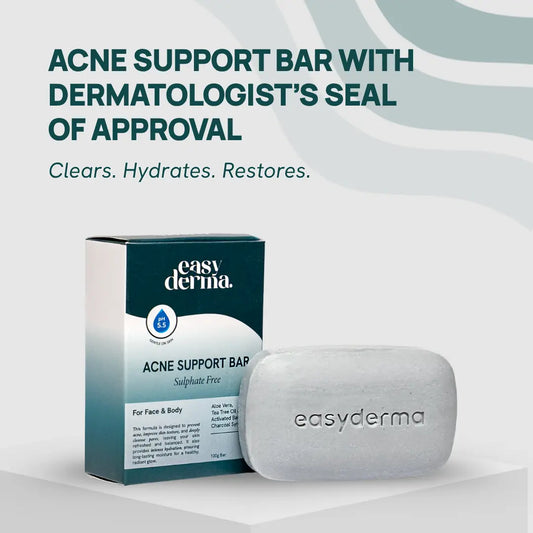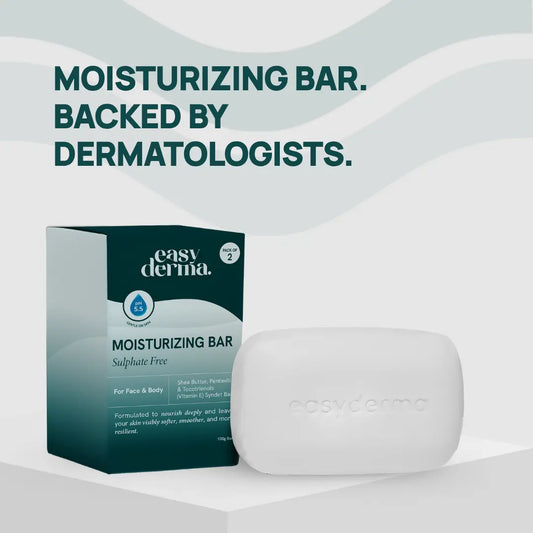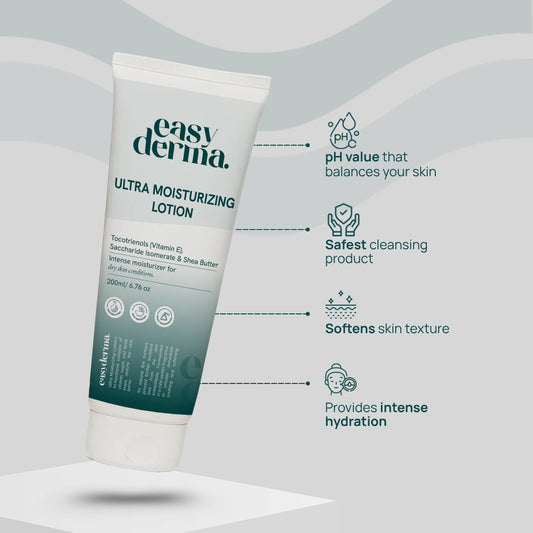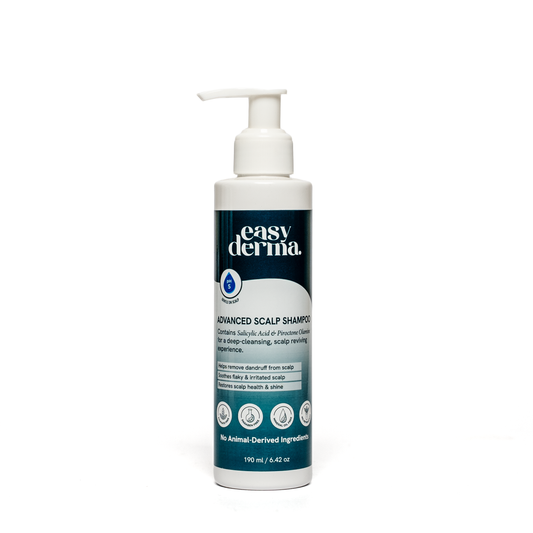What Is Acne?
Acne, commonly known as pimples, is one of the most widespread skin concerns affecting people of all ages. It occurs when pores become clogged with excess sebum, dead skin cells, and bacteria, leading to inflammation and visible breakouts.
These breakouts may appear as whiteheads, blackheads, papules, pustules, nodules, or deep cystic lesions. While acne is often associated with teenage years, it can persist into adulthood due to hormonal fluctuations, lifestyle choices, environmental pollution, or even certain skincare products.
Understanding acne is essential because it is not just a temporary skin issue—it can affect confidence, daily comfort, and long-term skin health if not managed properly.
The journey to clearer skin begins with knowing what acne really is, why it develops, and how the right skincare routine can make a significant difference in healing existing pimples while preventing new ones from forming.

Who Can Develop Pimples / Acne?
Acne can affect anyone, regardless of age, gender, or skin type. Although most people experience acne during adolescence due to hormonal shifts, it is increasingly common among adults as well.
Factors such as stress, dietary habits, genetics, environment, and skincare routines contribute significantly to acne development. Individuals with oily or combination skin may experience breakouts more frequently due to excess oil production that clogs pores easily.
However, even those with dry or sensitive skin are not immune—using heavy creams, comedogenic makeup, or harsh cleansers can trigger inflammation and blockage. Hormonal changes during puberty, menstruation, pregnancy, or conditions like PCOS can also intensify acne.
Men and women are equally affected, though women often experience more cyclic flare-ups due to fluctuating hormones. Understanding that anyone can develop acne encourages a more patient and compassionate approach towards treatment while highlighting the importance of tailored skincare for long-term prevention.

What Causes Acne?
Acne is primarily caused by a combination of excess oil production, clogged pores, bacteria, and inflammation. When the sebaceous glands produce more sebum than required, the excess mixes with dead skin cells and blocks the pores.
This creates the perfect environment for acne-causing bacteria—Cutibacterium acnes—to multiply, leading to redness, swelling, and pustules. Hormonal changes are another major factor, especially during puberty, menstrual cycles, pregnancy, or conditions like PCOS.
External factors such as pollution, humid weather, heavy makeup, sweating, or touching your face frequently can worsen breakouts. Using harsh or comedogenic skincare products can also disrupt your skin’s natural balance, making it more prone to acne.
Additionally, diet—especially high-glycemic foods and dairy—may trigger flare-ups in some individuals. Stress increases cortisol levels, which further stimulates oil glands. Because acne has multiple triggers, understanding the root cause helps in choosing the right treatment method tailored to your skin’s needs.

Types of Acne
Acne appears in different forms, and identifying the type is crucial for choosing the correct treatment.
Whiteheads occur when pores are clogged and closed at the surface, while blackheads form when clogged pores remain open, causing oxidation.
Papules are small red bumps caused by inflammation, whereas pustules contain pus and appear as yellow-topped lesions. More severe forms include nodules, which are painful, solid lumps deep under the skin, and cystic acne, which consists of large, pus-filled cysts that can lead to scarring if untreated.
Some people also experience fungal acne, which results from yeast overgrowth and appears as uniform, itchy bumps, especially on the forehead or body. Each acne type requires different care—gentle exfoliation for blackheads, spot treatments for pustules, or dermatological intervention for nodulocystic acne.
Knowing the specific type of acne helps streamline treatment and prevents unnecessary irritation from using the wrong products.

How to Treat Pimples Safely
Treating acne requires a gentle yet effective approach that targets oil control, pore cleansing, and inflammation reduction without damaging the skin barrier. Start with a mild, pH-balanced cleanser that removes excess sebum without stripping natural moisture.
Using dermatologist-recommended formulations—especially sulphate-free and non-comedogenic products—helps prevent irritation. Incorporating ingredients like salicylic acid, niacinamide, or benzoyl peroxide (depending on skin sensitivity) can reduce bacteria and unclog pores.
Hydration is equally important; choose lightweight lotions that support the skin barrier. Avoid popping pimples, as this leads to scarring and increased inflammation. Sunscreen protection is essential since UV exposure worsens pigmentation and acne marks. For safe, consistent results, dermatologists recommend using gentle skincare options such as the Easyderma Acne Support Bar, which is sulphate-free, skin-friendly, and effective for reducing acne-causing impurities.
Dermatologist-Recommended Skincare Products
Choosing the right skincare products plays a key role in managing acne effectively. Dermatologists suggest using gentle, pH-balanced formulations that maintain the skin barrier and prevent irritation.
Products enriched with hyaluronic acid, niacinamide, and mild exfoliants help soothe inflammation while restoring hydration. Easyderma offers a range of Dermatologist-trusted options specifically designed for acne-prone and sensitive skin.
The Acne Support Bar helps cleanse pores without harsh chemicals, while the Moisturizing Bar provides balanced nourishment without clogging pores. For those experiencing dryness from acne treatments, a lightweight lotion like the Ultra Moisturizing Lotion with HA Booster & Advanced Vitamin E (Tocotrienols) restore moisture and supports healing.
How to Prevent Acne: Daily & Long-Term Tips
Preventing acne is easier when you follow a consistent, skin-friendly routine tailored to your daily lifestyle. Start by cleansing your face twice a day with a mild, pH-balanced cleanser to remove sweat, dirt, and oil buildup—common triggers during hot and humid weather.
Avoid heavy, comedogenic products that clog pores, and instead choose lightweight, non-greasy moisturizers that maintain hydration without causing breakouts. Make sunscreen a mandatory step, as UV rays worsen dark spots and acne pigmentation. Incorporate habits like changing pillowcases frequently, avoiding touching your face, and cleaning makeup brushes weekly.
Diet also plays a role—limit sugary and deep-fried foods, and drink plenty of water to keep your skin balanced from within. Stress management through meditation, sleep, and exercise helps regulate hormonal fluctuations. By practicing these preventive steps daily, you can reduce future flare-ups and maintain consistently clearer, healthier skin.

Conclusion
Clear, healthy skin is achievable when you understand what causes acne and follow a routine that supports your skin barrier. By identifying your acne type, choosing gentle products, and adopting preventive habits, you can minimize breakouts and improve long-term skin health.
Consistency is the key—harsh treatments or random products often worsen acne instead of helping it. That’s why Dermatologists emphasize using mild, sulphate-free, and pH-balanced formulations that protect the skin while addressing acne at its source.
If you're looking for trusted, Dermatologist-approved solutions, Easyderma offers gentle yet effective skincare designed specifically for acne-prone and sensitive skin. Explore their best-selling products and start your journey toward clearer skin today.
Shop Dermatologist-trusted acne care, Explore Easyderma Acne Solutions.





